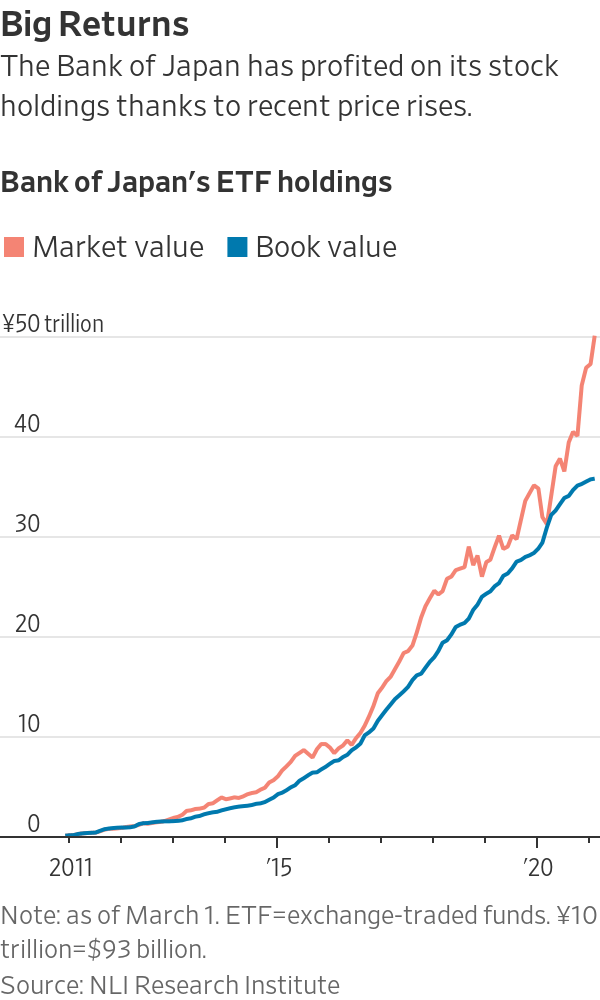Malt Liquidity 44
The Red Ink Scare
“Chicken” is no fun against a steamroller
Much like creating space in basketball is a function of either on-ball or off-ball screens, trading price exposure essentially boils down to trend following or mean-reverting action. However, these trades are not created equal - a fundamental axiom of trading is that you never want to trade against size.
Usually, when I say this, I am referring to not shorting into central bank policy, most often noting that it is impossible to trade against infinite liquidity provision as exemplified by the Bank of Japan.
However, outside of central banks, does it get any larger than central authority itself? While delisting of Chinese ADRs has started to genuinely be talked about in the past few months, in the face of the turbid drama surrounding Didi’s IPO, China has been massacring ADRs with ham-fisted regulation that was always a risk, but never taken seriously by the market due to the oversaturation of capital seeking a return. There is no logical predictive ability that’s relevant to assessing when the regulation-induced downwards spiral will end - as an insulated authoritarian government, it really is up to the whims of the CCP what practices will be tacitly enabled until it is convenient or prudent to “regulate”. As such, there is no real purpose calling a bottom and allowing for a drawdown rather than waiting for the ADR basket to bottom out and catching the trend up when institutions inevitably seek a quick and easy return. Retail edge is in sizing, primarily - when you are not trading gargantuan sums of money in a thin book where everyone is clamoring to get out, it is fairly easy to get in and out of a book with no depth when trading without much size. Go with the trend - don’t provide any true book liquidity (remember - every order makes) that can be consumed for a larger player to get out or hedge off for the sake of calling a bottom. It's somewhat counterintuitive, because everyone is so conditioned to buying dips that they don't realize that it's way easier to follow a trend and piggyback with smaller size than to predict the reversal of a trend. This is the same contrarian logic that makes buying highs a better strategy than trying to call bottoms - highs predict other highs to an overwhelming degree, yet everyone is skittish to buy at all time highs.
There have been signs, however, that the disparity between the image China projects about their growth and their actual concerns about their debt load is widening. Whether it’s seeking liquidity through offloading dodgy companies through reverse mergers with American shell companies or selling corporate defaults as “transparency”,
An odd pair of headlines this morning: China Borrows at Negative Rates for the First Time and Investors are Learning to Live with China's Corporate Defaults…
“Beijing is allowing a wave of defaults by state-linked companies in the country’s $15 trillion credit market… While this may be bad news for the weakest state-owned enterprises, it’s an improvement for investors, the credit market and China overall. A more accurate pricing of risk gives buyers of bonds greater transparency in a relatively opaque economy. That would boost the allure of Chinese debt, drawing more inflows, which in turn would help reduce the reliance of the nation’s capital markets on the government.”
In isolation, this quote makes it seem like a positive that high yield debt is finally being allowed to default instead of being propped up by the government, but what if this is a gamble taken by the Chinese government to sell a short term funding crisis as “transparency”?
the crackdown on US listings of Chinese companies indicates to me an aversion to any disclosure that might be mandated that isn’t directly what the CCP wants revealed about Chinese business luminaries. Note that the ANT IPO was scuttled at the midnight hour because Beijing regulators were worried about revealing the precise quantities of sketchy debt (and the leverage this implies) that fuel China’s growth narrative. Cracks in the facade like yet another potential Evergrande fiasco
…there are many risks for Evergrande outside of what is technically recognized as debt. This month the company said it would repay a small amount of overdue commercial acceptance bills, a form of short-term IOUs on which the firm is heavily reliant. The company’s accounts payable, the balance sheet category that covers those liabilities, ran to about $95 billion at the end of 2020. That has more than tripled in five years.
indicates to me that another cycle of shoring up disclosure, propping up debt, and pretending all is well after the fact could be coming. Whatever the deal with China is, there’s no use firing a lone extinguisher into the controlled incineration of share certificates - once they indicate the forest is fully scorched, whenever that may be, that’ll be the indication to get onboard a 15 minute flight to at least the Kármán line, if not the moon.
On that note…



